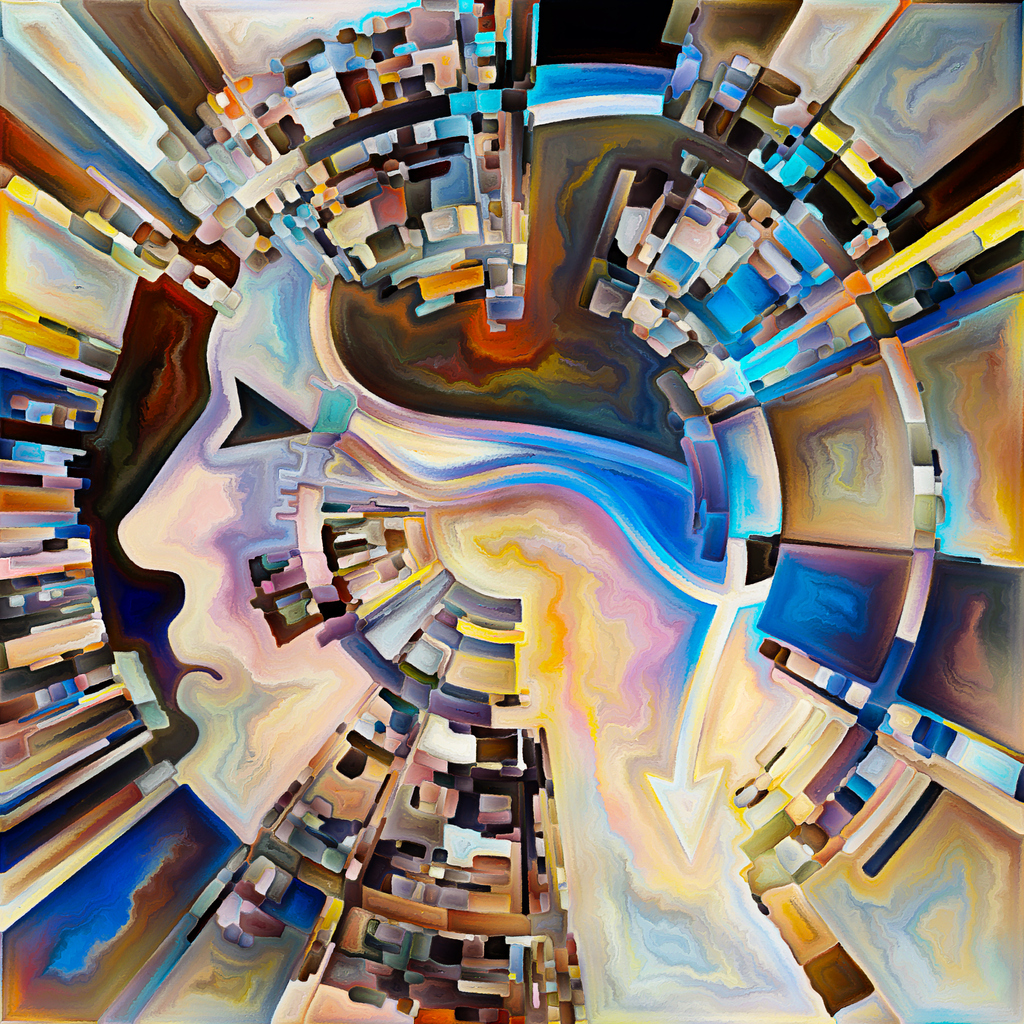Journey mapping is a technique used to visualise a user’s journey or experience through a service or product.
Journey mapping is collaborative in nature – the more you build on it the more you will get out of it.
Commonly used in service design and product design as well as other design disciplines, when used in learning and development, journey mapping can help you understand the learners’ experience or journey. It can also help you identify opportunities for improvement on that journey, create and communicate a shared understanding or vision and gain buy-in from stakeholders.
There are a few ways you could use mapping at the planning, creation, implementation or improvement stage(s) in your learning design.
Storyboards
A storyboard is a visual that can be easily edited and added to as you gather input and feedback. The quality of your storyboards can vary depending on the objective and audience, for instance, low fidelity (quality) storyboards can be used to gather feedback on rough initial concepts and high fidelity could be used to present potential future experiences with learners for example, in the form of dummy screenshots that take them through a simulation of what they would experience. You can also use storyboards to share a vision or concept internally and help take stakeholders along on the journey with you.
User experience/journey
An experience or journey map should contain the touchpoints in which the user experiences or interacts with a product or service as well as what they think and feel. It should track the highs and lows experienced throughout a journey. These types of maps can be co-developed, edited and refined with users to make sure they are accurate. They can also be built on to track the progress and development of your new learning experience.
User story
Typically used in Agile software development, user stories are informal in language, descriptive of one or more features in software and take the users’ perspective. The creation of user stories is best done in collaboration to ensure that every one required understands and can communicate the needs of the user.
Service blueprint
These types of maps are large and take time to build. Blueprints can be valuable to get a wider view of how things work together such as what do users experience before or after their learning experience and who makes those services work. This is more of a technical drawing that captures the interaction between users, systems/products and internal processes. These are much more detailed than experience or journey maps but can be an extension or build on an existing map.
How to get started with journey mapping
- Create a clear focus for your map: be clear about the scope of your map, write it down somewhere that you can refer back to and check in as your map develops. It’s alright if the scope changes as you gain clarity, just be sure to amend it and communicate why it’s changed.
- Get the right people involved: gather subject matter experts and key individuals together, who you need to have involved might be clearer after creating a rough map based on what you know. This will help you by identifying knowledge gaps, then you can start to plan how you can fill the gaps or who the right people to help you do that might be.
- Be informed by data: there are lots of sources that you can use to populate your map. Some of these are: surveys, user data, interviews, observations and subject matter experts. To keep your map accurate you should use as much data as possible and base it less on assumptions. If you do have assumptions in your map due to lack of data, call them out and build a plan to prove or disprove them.
- Use the right quality: due to the varied use of journey maps, there’s a wide mixture in the fidelities required based on the use and audience. High fidelity isn’t always the best or required option. If you are trying to gain clarity on a journey and are enrolling users to validate or fill in gaps a rough post-it wall would be ideal. When you are presenting a final concept to stakeholders you might want to use some polished imagery in a storyboard or build a digital visual of a map.
- Keep them visible: maps are visual in nature and are easily shared with others. Keeping journey maps visible can help enrol others and informally share the progress of a project. It can keep a project team on track by revisiting a map to be clear on the learning experience you are aspiring to build, or the pain points you are trying to solve.
As well as the positive influence from a design perspective journey mapping has many other gains:
- It has a low entry-level for participation, so everyone can get involved.
- It’s collaborative in nature – the more you build on it the more you will get out of it.
- It’s a flexible approach – you can use journey mapping in many different ways.
So if you’re not already been journey mapping in your learning design, why not make a start today and get others involved?
Interested in this topic? Read Setting a clear direction on your workplace learning analytics journey.
Journey mapping is a technique used to visualise a user’s journey or experience through a service or product.
Journey mapping is collaborative in nature – the more you build on it the more you will get out of it.
Commonly used in service design and product design as well as other design disciplines, when used in learning and development, journey mapping can help you understand the learners’ experience or journey. It can also help you identify opportunities for improvement on that journey, create and communicate a shared understanding or vision and gain buy-in from stakeholders.
There are a few ways you could use mapping at the planning, creation, implementation or improvement stage(s) in your learning design.
Storyboards
A storyboard is a visual that can be easily edited and added to as you gather input and feedback. The quality of your storyboards can vary depending on the objective and audience, for instance, low fidelity (quality) storyboards can be used to gather feedback on rough initial concepts and high fidelity could be used to present potential future experiences with learners for example, in the form of dummy screenshots that take them through a simulation of what they would experience. You can also use storyboards to share a vision or concept internally and help take stakeholders along on the journey with you.
User experience/journey
An experience or journey map should contain the touchpoints in which the user experiences or interacts with a product or service as well as what they think and feel. It should track the highs and lows experienced throughout a journey. These types of maps can be co-developed, edited and refined with users to make sure they are accurate. They can also be built on to track the progress and development of your new learning experience.
User story
Typically used in Agile software development, user stories are informal in language, descriptive of one or more features in software and take the users’ perspective. The creation of user stories is best done in collaboration to ensure that every one required understands and can communicate the needs of the user.
Service blueprint
These types of maps are large and take time to build. Blueprints can be valuable to get a wider view of how things work together such as what do users experience before or after their learning experience and who makes those services work. This is more of a technical drawing that captures the interaction between users, systems/products and internal processes. These are much more detailed than experience or journey maps but can be an extension or build on an existing map.
How to get started with journey mapping
- Create a clear focus for your map: be clear about the scope of your map, write it down somewhere that you can refer back to and check in as your map develops. It’s alright if the scope changes as you gain clarity, just be sure to amend it and communicate why it’s changed.
- Get the right people involved: gather subject matter experts and key individuals together, who you need to have involved might be clearer after creating a rough map based on what you know. This will help you by identifying knowledge gaps, then you can start to plan how you can fill the gaps or who the right people to help you do that might be.
- Be informed by data: there are lots of sources that you can use to populate your map. Some of these are: surveys, user data, interviews, observations and subject matter experts. To keep your map accurate you should use as much data as possible and base it less on assumptions. If you do have assumptions in your map due to lack of data, call them out and build a plan to prove or disprove them.
- Use the right quality: due to the varied use of journey maps, there’s a wide mixture in the fidelities required based on the use and audience. High fidelity isn’t always the best or required option. If you are trying to gain clarity on a journey and are enrolling users to validate or fill in gaps a rough post-it wall would be ideal. When you are presenting a final concept to stakeholders you might want to use some polished imagery in a storyboard or build a digital visual of a map.
- Keep them visible: maps are visual in nature and are easily shared with others. Keeping journey maps visible can help enrol others and informally share the progress of a project. It can keep a project team on track by revisiting a map to be clear on the learning experience you are aspiring to build, or the pain points you are trying to solve.
As well as the positive influence from a design perspective journey mapping has many other gains:
- It has a low entry-level for participation, so everyone can get involved.
- It’s collaborative in nature – the more you build on it the more you will get out of it.
- It’s a flexible approach – you can use journey mapping in many different ways.
So if you’re not already been journey mapping in your learning design, why not make a start today and get others involved?
Interested in this topic? Read Setting a clear direction on your workplace learning analytics journey.








